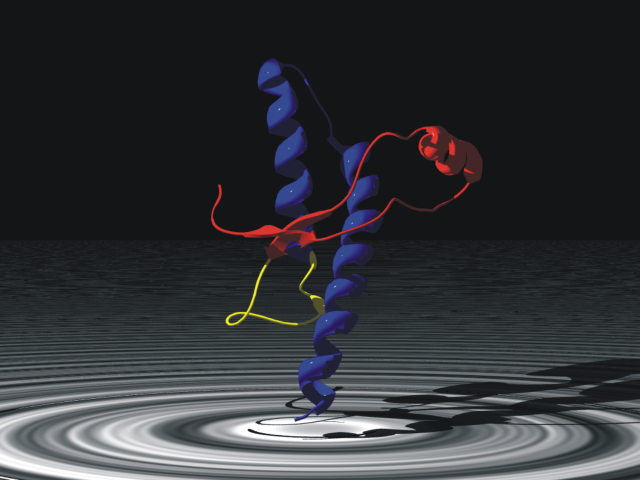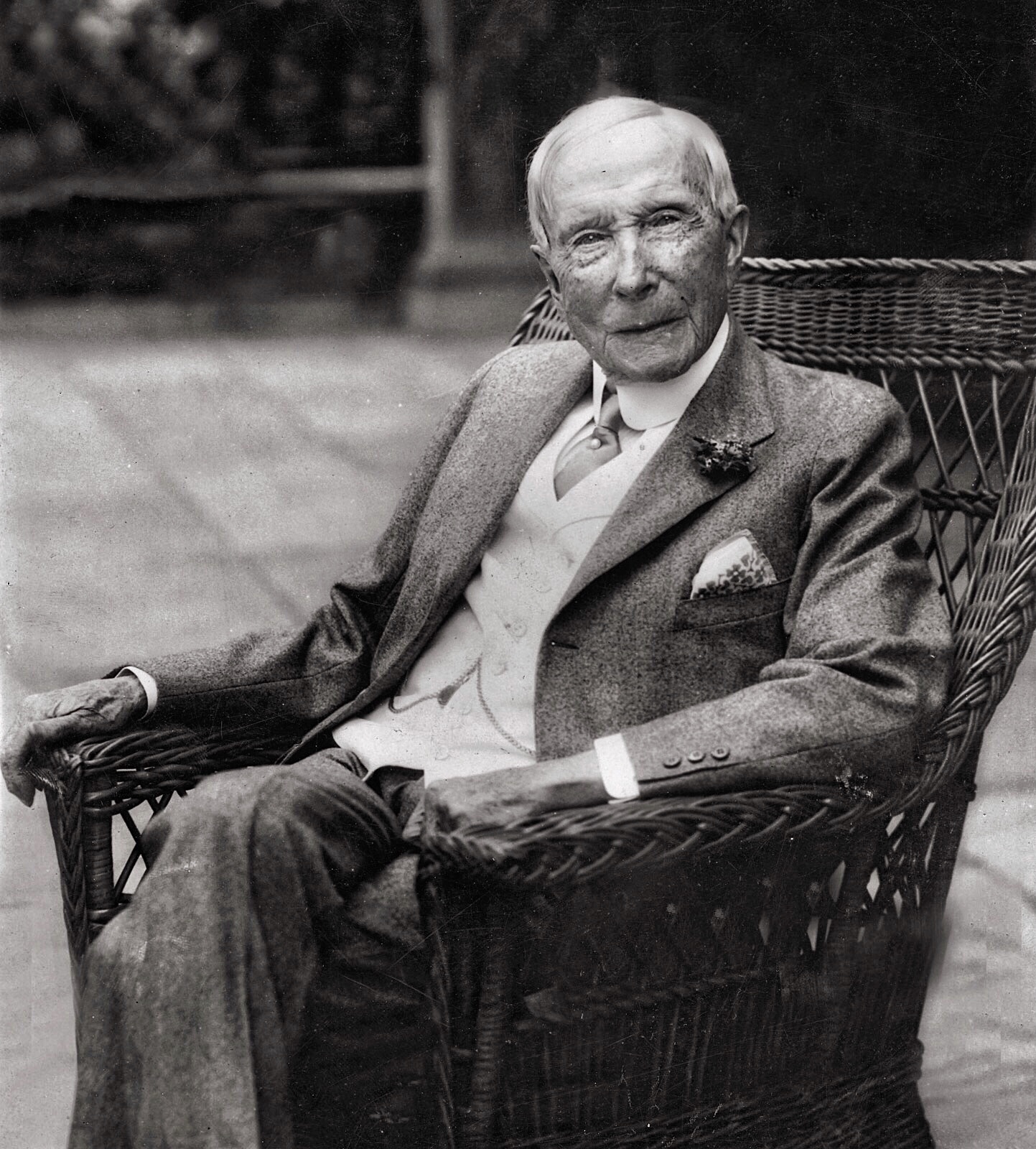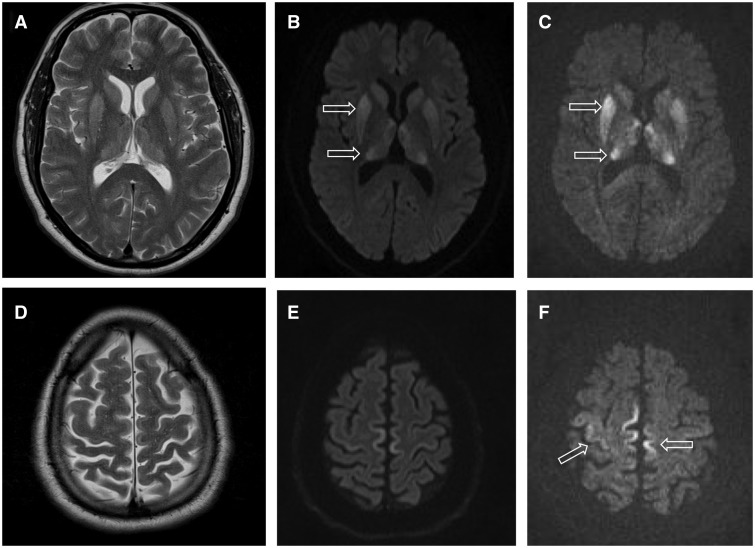|
Shirley Lindenbaum
Shirley Inglis Lindenbaum is an Australian anthropologist notable for her medical anthropological work on kuru in Papua New Guinea, HIV/AIDS in the United States of America, and cholera in Bangladesh. Career Beginning in 1972, Lindenbaum taught cultural anthropology at the Graduate Faculty of The New School for Social Research in New York, before accepting a professorship at the City University of New York. She was the editor of the international journal ''American Ethnologist'' (1984-1989), and later served as Book Review Editor for ''Anthropology Now'' (2010-2013). Professor Lindenbaum is currently living in New York and is emerita professor of the Graduate Division of the City University of New York. Research on kuru Lindenbaum began her investigative work on the cause of kuru in 1961. With her colleague and then-husband Robert Glasse, she did two years of fieldwork in the highlands of Papua New Guinea using a research grant from Henry Bennett of the Rockefeller Foun ... [...More Info...] [...Related Items...] OR: [Wikipedia] [Google] [Baidu] |
Medical Anthropology
Medical anthropology studies "human health and disease, health care systems, and biocultural adaptation". It views humans from multidimensional and ecological perspectives. It is one of the most highly developed areas of anthropology and applied anthropology, and is a subfield of social and cultural anthropology that examines the ways in which culture and society are organized around or influenced by issues of health, health care and related issues. The term "medical anthropology" has been used since 1963 as a label for empirical research and theoretical production by anthropologists into the social processes and cultural representations of health, illness and the nursing/care practices associated with these. Furthermore, in Europe the terms "anthropology of medicine", "anthropology of health" and "anthropology of illness" have also been used, and "medical anthropology", was also a translation of the 19th century Dutch term "medische anthropologie". This term was chosen by some ... [...More Info...] [...Related Items...] OR: [Wikipedia] [Google] [Baidu] |
Kuru (disease)
Kuru is a rare, incurable, and fatal Neurological disorder, neurodegenerative disorder that was formerly common among the Fore people of Papua New Guinea. Kuru is a form of transmissible spongiform encephalopathy (TSE) caused by the transmission of abnormally folded proteins (prions), which leads to symptoms such as tremors and loss of coordination from neurodegeneration. The term kuru derives from the Fore language, Fore word ''kuria'' or ''guria'' ("to shake"), due to the body tremors that are a classic symptom of the disease. ''Kúru'' itself means "trembling". It is also known as the "laughing sickness" due to the pathologic bursts of laughter which are a symptom of the disease. It is now widely accepted that kuru was transmitted among members of the Fore tribe of Papua New Guinea via Endocannibalism, funerary cannibalism. Deceased family members were traditionally cooked and eaten, which was thought to help free the spirit of the dead. Women and children usually consumed the ... [...More Info...] [...Related Items...] OR: [Wikipedia] [Google] [Baidu] |
HIV/AIDS
Human immunodeficiency virus infection and acquired immunodeficiency syndrome (HIV/AIDS) is a spectrum of conditions caused by infection with the human immunodeficiency virus (HIV), a retrovirus. Following initial infection an individual may not notice any symptoms, or may experience a brief period of influenza-like illness. Typically, this is followed by a prolonged incubation period with no symptoms. If the infection progresses, it interferes more with the immune system, increasing the risk of developing common infections such as tuberculosis, as well as other opportunistic infections, and tumors which are rare in people who have normal immune function. These late symptoms of infection are referred to as acquired immunodeficiency syndrome (AIDS). This stage is often also associated with unintended weight loss. HIV is spread primarily by unprotected sex (including anal and vaginal sex), contaminated blood transfusions, hypodermic needles, and from mother to ch ... [...More Info...] [...Related Items...] OR: [Wikipedia] [Google] [Baidu] |
Cholera
Cholera is an infection of the small intestine by some strains of the bacterium ''Vibrio cholerae''. Symptoms may range from none, to mild, to severe. The classic symptom is large amounts of watery diarrhea that lasts a few days. Vomiting and muscle cramps may also occur. Diarrhea can be so severe that it leads within hours to severe dehydration and electrolyte imbalance. This may result in sunken eyes, cold skin, decreased skin elasticity, and wrinkling of the hands and feet. Dehydration can cause the skin to turn bluish. Symptoms start two hours to five days after exposure. Cholera is caused by a number of types of ''Vibrio cholerae'', with some types producing more severe disease than others. It is spread mostly by unsafe water and unsafe food that has been contaminated with human feces containing the bacteria. Undercooked shellfish is a common source. Humans are the only known host for the bacteria. Risk factors for the disease include poor sanitation, not enough clea ... [...More Info...] [...Related Items...] OR: [Wikipedia] [Google] [Baidu] |
The New School For Social Research
The New School for Social Research (NSSR) is a graduate-level educational institution that is one of the divisions of The New School in New York City, United States. The university was founded in 1919 as a home for progressive era thinkers. NSSR explores and promotes what they describe as global peace and global justice. It enrolls more than 1,000 students from all regions of the United States and from more than 70 countries. History The New School for Social Research was founded in 1919 by, among others, Charles Beard, John Dewey, James Harvey Robinson, and Thorstein Veblen. In 1933, what became known as the University in Exile, had become a haven for scholars who had been dismissed from teaching positions by the Italian fascists under Benito Mussolini or had to flee Adolf Hitler and the National Socialist German Workers Party. The University in Exile was initially founded by the director of the New School, Alvin Saunders Johnson, through the financial contributions of Hiram Ha ... [...More Info...] [...Related Items...] OR: [Wikipedia] [Google] [Baidu] |
City University Of New York
The City University of New York ( CUNY; , ) is the Public university, public university system of Education in New York City, New York City. It is the largest urban university system in the United States, comprising 25 campuses: eleven Upper division college, senior colleges, seven community colleges and seven professional institutions. While its constituent colleges date back as far as 1847, CUNY was established in 1961. The university enrolls more than 275,000 students, and counts thirteen Nobel Prize winners and twenty-four MacArthur Fellows Program, MacArthur Fellows among its alumni. History Founding In 1960, John R. Everett became the first Chancellor (education), chancellor of the Municipal college, Municipal College System of the City of New York, later renamed CUNY, for a salary of $25,000 ($ in current dollar terms). CUNY was created in 1961, by New York State legislation, signed into law by Governor Nelson Rockefeller. The legislation integrated existing institutions an ... [...More Info...] [...Related Items...] OR: [Wikipedia] [Google] [Baidu] |
American Ethnological Society
The American Ethnological Society (AES) is the oldest professional anthropological association in the United States. History of the American Ethnological Society Albert Gallatin and John Russell Bartlett founded the American Ethnological Society in New York City New York, often called New York City or NYC, is the List of United States cities by population, most populous city in the United States. With a 2020 population of 8,804,190 distributed over , New York City is also the L ... in 1842. Their goal was to promote research in ethnology and all inquiries involving humans. The early meetings of the AES took place in the homes of the members, where they discussed all aspects of human life, from history and geography to philology and anthropology. The AES was a scholarly institution, in which papers were presented that were later published. In the late 19th century, the AES's focus changed from the evolutionary concerns of ethnology to the academic ... [...More Info...] [...Related Items...] OR: [Wikipedia] [Google] [Baidu] |
Rockefeller Foundation
The Rockefeller Foundation is an American private foundation and philanthropic medical research and arts funding organization based at 420 Fifth Avenue, New York City. The second-oldest major philanthropic institution in America, after the Carnegie Corporation, the foundation was ranked as the 39th largest U.S. foundation by total giving as of 2015. By the end of 2016, assets were tallied at $4.1 billion (unchanged from 2015), with annual grants of $173 million. According to the OECD, the foundation provided US$103.8 million for development in 2019. The foundation has given more than $14 billion in current dollars. The foundation was started by Standard Oil magnate John D. Rockefeller ("Senior") and son "Junior", and their primary business advisor, Frederick Taylor Gates, on May 14, 1913, when its charter was granted by New York. The foundation has had an international reach since the 1930s and major influence on global non-governmental organizations. The World Health Organiza ... [...More Info...] [...Related Items...] OR: [Wikipedia] [Google] [Baidu] |
Fore People
The Fore () people live in the Okapa District of the Eastern Highlands Province, Papua New Guinea. There are approximately 20,000 Fore who are separated by the Wanevinti Mountains into the North Fore and South Fore regions. Their main form of subsistence is Slash-and-burn, slash-and-burn farming. The Fore language has three distinct dialects and is the southernmost member of the East Central Family, East New Guinea Highlands Stock, Trans–New Guinea languages, Trans–New Guinea phylum of Papuan languages. In the 1950s the Transmissible spongiform encephalopathy, neurological disease Kuru (disease), kuru was discovered in the South Fore. The local tradition of ritual cannibalism of their dead had led to an epidemic, with approximately 1000 deaths from 1957 to 1960. History Until the 1950s, the Fore people had minimal direct contact with outsiders who were at the time colonizing Papua New Guinea. A small number of prospectors crossed through their territory in the 1930s and at ... [...More Info...] [...Related Items...] OR: [Wikipedia] [Google] [Baidu] |
Nuclear Family
A nuclear family, elementary family, cereal-packet family or conjugal family is a family group consisting of parents and their children (one or more), typically living in one home residence. It is in contrast to a single-parent family, the larger extended family, or a family with more than two parents. Nuclear families typically center on a heterosexual married couple which may have any number of children. There are differences in definition among observers. Some definitions allow only biological children that are full-blood siblings and consider adopted or half and step siblings a part of the immediate family, but others allow for a step-parent and any mix of dependent children, including stepchildren and adopted children. Some sociologists and anthropologists consider the nuclear family as the most basic form of social organization, while others consider the extended family structure to be the most common family structure in most cultures and at most times. The term ''nuclear fa ... [...More Info...] [...Related Items...] OR: [Wikipedia] [Google] [Baidu] |
Cannibalism
Cannibalism is the act of consuming another individual of the same species as food. Cannibalism is a common ecological interaction in the animal kingdom and has been recorded in more than 1,500 species. Human cannibalism is well documented, both in ancient and in recent times. The rate of cannibalism increases in nutritionally poor environments as individuals turn to members of their own species as an additional food source.Elgar, M.A. & Crespi, B.J. (1992) ''Cannibalism: ecology and evolution among diverse taxa'', Oxford University Press, Oxford ngland New York. Cannibalism regulates population numbers, whereby resources such as food, shelter and territory become more readily available with the decrease of potential competition. Although it may benefit the individual, it has been shown that the presence of cannibalism decreases the expected survival rate of the whole population and increases the risk of consuming a relative. Other negative effects may include the increased r ... [...More Info...] [...Related Items...] OR: [Wikipedia] [Google] [Baidu] |
Creutzfeldt–Jakob Disease
Creutzfeldt–Jakob disease (CJD), also known as subacute spongiform encephalopathy or neurocognitive disorder due to prion disease, is an invariably fatal degenerative brain disorder. Early symptoms include memory problems, behavioral changes, poor coordination, and visual disturbances. Later symptoms include dementia, involuntary movements, blindness, weakness, and coma. About 70% of people die within a year of diagnosis. The name Creutzfeldt–Jakob disease was introduced by Walther Spielmeyer in 1922, after the German neurologists Hans Gerhard Creutzfeldt and Alfons Maria Jakob. CJD is caused by a type of abnormal protein known as a prion. Infectious prions are misfolded proteins that can cause normally folded proteins to also become misfolded. About 85% of cases of CJD occur for unknown reasons, while about 7.5% of cases are inherited in an autosomal dominant manner. Exposure to brain or spinal tissue from an infected person may also result in spread. There is no evid ... [...More Info...] [...Related Items...] OR: [Wikipedia] [Google] [Baidu] |






